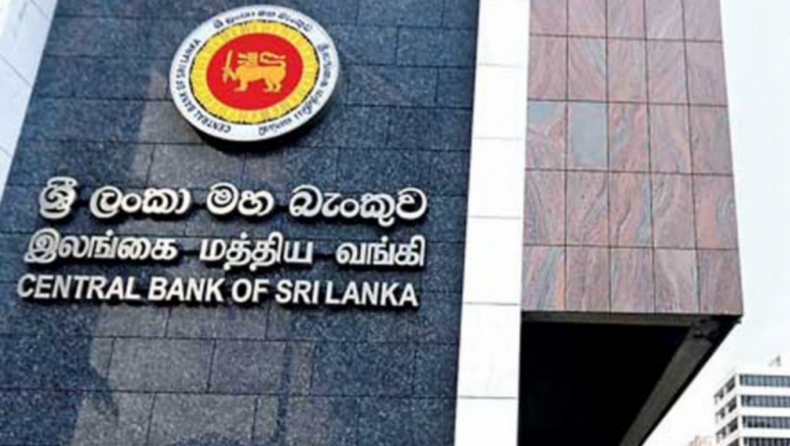
On July 7, despite the nation’s withering under a terrible economic crisis, Sri Lanka’s central bank increased key interest rates to the highest level in two decades to combat record inflation.
The island nation is having trouble affording necessities like food, medicine, and gasoline due to record-low foreign exchange reserves.
Due to record-low foreign exchange reserves, the island country is having trouble affording basic necessities. Such as food, medication, and gasoline. The economy shrank by 1.6 percent annually from January to March. It is anticipated that it will shrink even more in the second quarter, stifling growth.
Central bank increases rates
The central bank raised rates in order to confront the rise in prices as a matter of priority. Even though inflation reached a record high of 54.6 percent year over year in June. The food inflation surged to 80.1 percent.
The standing deposit facility rate was also boosted to 14.50 percent, the highest since August 2001, while the standing loan facility rate is lifted by 100 basis points to 15.50 percent.
The central bank stated in a statement that “the Board was of the view that a further tightening of monetary policy would be essential to control any build-up of unfavorable inflation expectations.”
The International Monetary Fund (IMF) credit facility negotiations
The International Monetary Fund (IMF) credit facility negotiations have made great progress. The discussions with bilateral and multilateral partners are ongoing. It is to find bridge funding and reduce the reserve deficiency, according to the central bank.
The central bank has changed its position. It is possibly as a result of talks with the IMF, according to Dimantha Mathew, Head of Research at First Capital.
In order to stabilize the economy, he continued, “I don’t think they are at all concerned about growth and have changed their priority to alleviating currency pressure and money printing.”
PM stated that the central bank predicts a decline in growth of 4% to 5%
The Prime Minister, Ranil Wickremesinghe, told parliament on Tuesday that the central bank predicts a decline in growth of 4% to 5% this year. Also, inflation would reach 60% by year’s end. Nevertheless, the government plans to aim for a drop in growth of just 1%.
The central bank also emphasized the need for commitment from all economic players and asked for coordinated and consistent action, particularly from the government. It is to ensure external sector stability and overall macroeconomic stability.
The central bank added that boosting government income and expenditure rationalization required “quicker execution of the projected fiscal changes.” It also added that it was also crucial to enhance the financial standing of state-owned companies.
It claimed that by taking these steps, government funding requirements would eventually decrease. Therefore, the monetary financing would be reduced more quickly.
Sri Lanka will offer an interim budget to Parliament in August
According to Mr. Wickremesinghe, Sri Lanka will offer an interim budget to Parliament in August. It would reduce spending while introducing new income mechanisms.
After a ten-day visit to the nation late last month, the IMF suggested the need for tougher fiscal measures to improve debt sustainability and get the public finances back on track.
Sri Lanka is urging the IMF to approve an extended loan package worth $3 billion. So it may access additional bridge financing alternatives. In order to pay for imports of crucial goods.
After reaching a staff level agreement with the IMF, Sri Lanka plans to host a donor conference with participation from China, India, and Japan. It will present the IMF with its debt sustainability framework by August.













